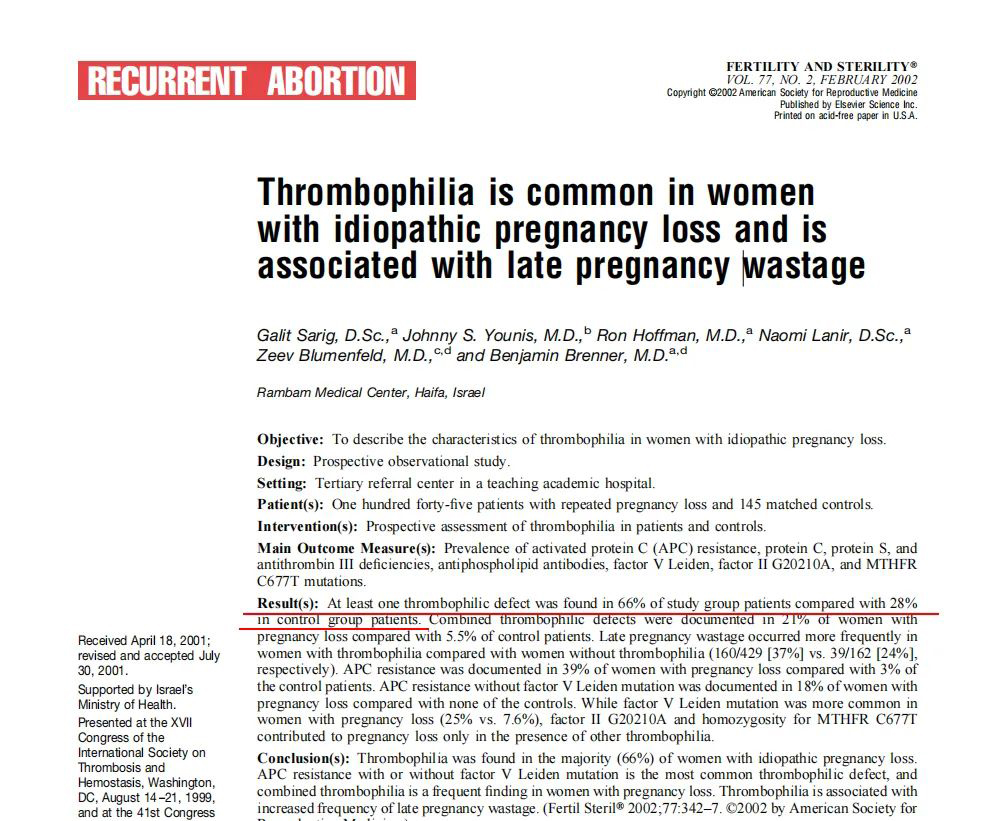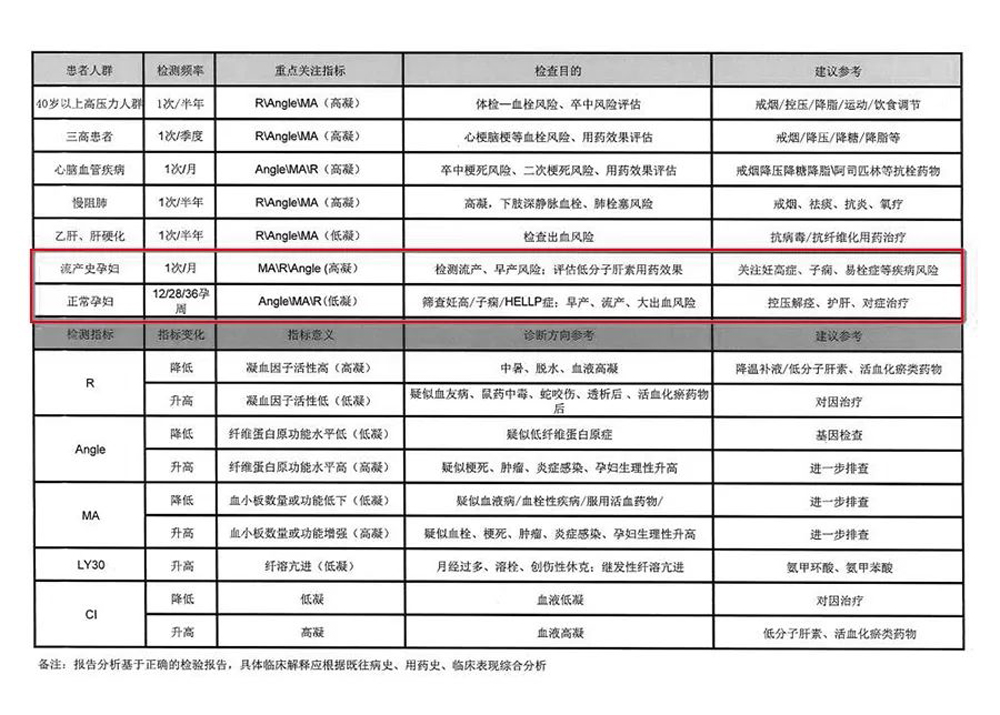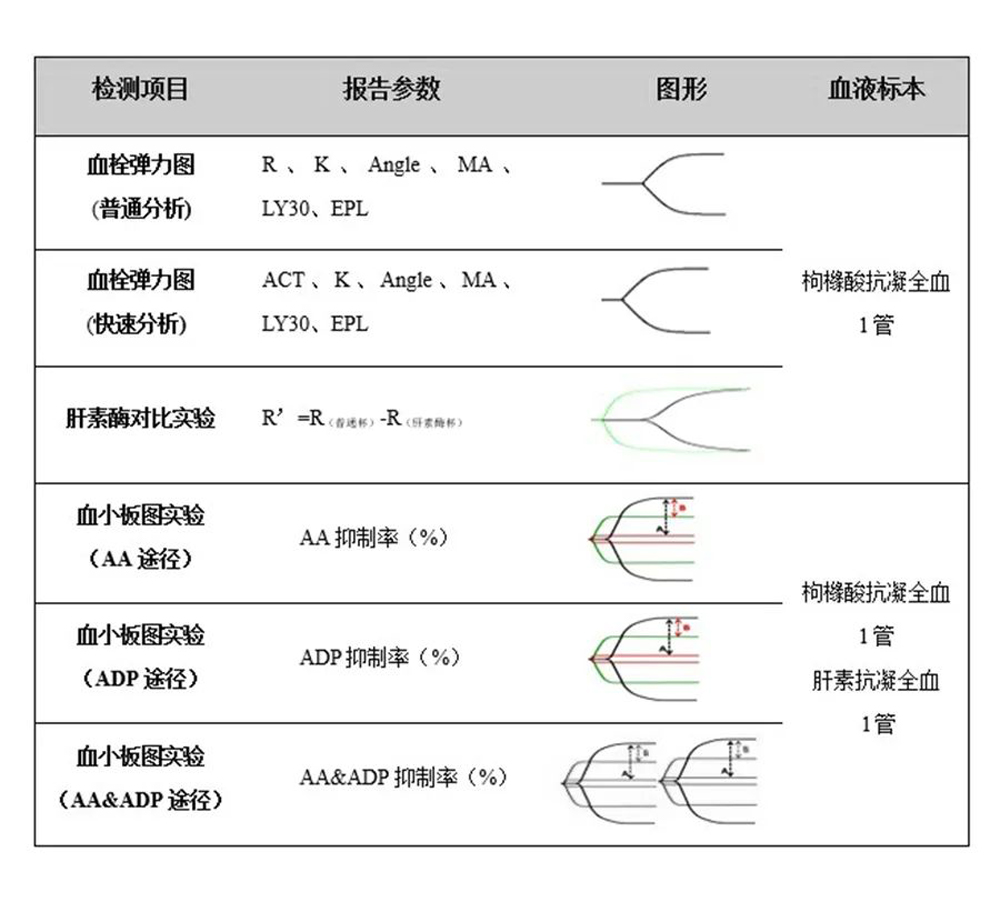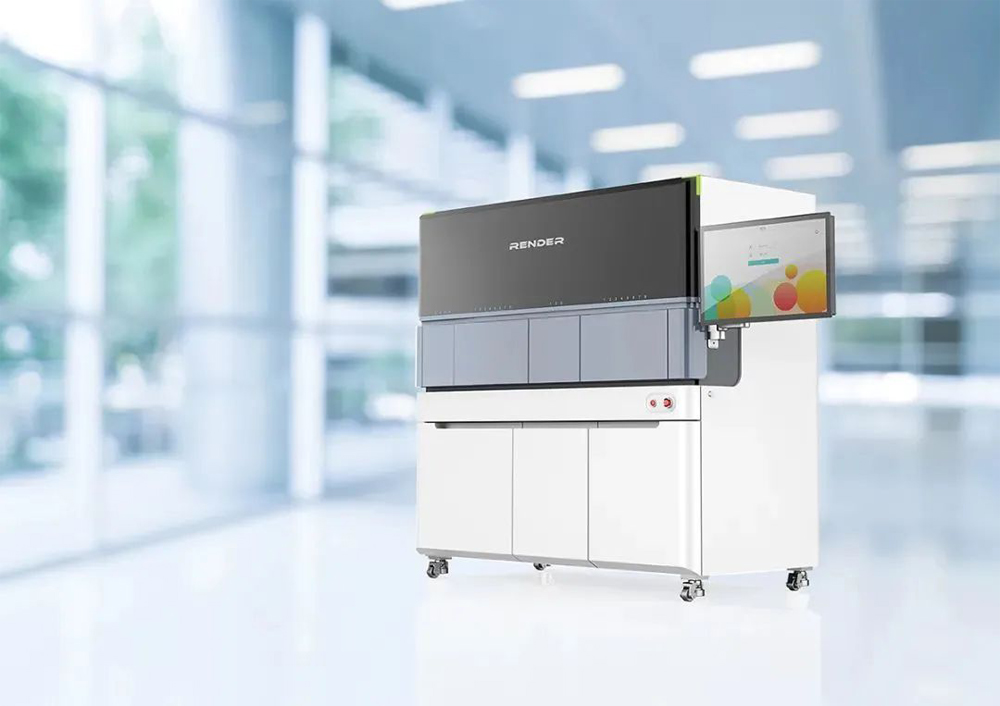
Being a mother isn’t a simple thing, and you don't dare to be sloppy at every single stage. From the moment of planning to give birth to a new life, mothers would take on the responsibility of guardianship. The ten month of pregnancy is a journey that full of hardships and happiness. More than ten prenatal checkups are necessary to every potential Mom. In other words, we could say the best gift is nothing more than the baby's various obstetric examination indicators are normal, healthy and safe, and come to birth smoothly.
Monitoring the indicators of coagulation function is a test that we must do before giving birth. If our coagulation function is low, there may be a risk of massive bleeding during childbirth; if our coagulation function is too high, the hypercoagulable state of blood may cause some pregnancy complications, resulting in poor fetal development and other conditions. However, the blood coagulation function of pregnant women is generally higher than that of non-pregnant women, which can be regarded as a protective mechanism, because it is conducive to rapid hemostasis in the blood vessels of the stripped surface after the placenta is stripped during delivery, and prevents postpartum hemorrhage. Then,how we could monitor coagulation function during pregnancy and grasp the degree of "hypercoagulation" accurately?

Hemostasis, as a global advanced technology for monitoring coagulation functio-n, adopts a new cell-based coagulation model, detects with whole blood samples, simulates the internal environment of the human body, and conducts a comprehens-ive analysis of the whole process of coagulation in patients. It truly reflects the coagulation function of the patient. Clinicians can use the reference values of thromboelastography parameters in normal pregnant women to assess their risk of thrombosis and bleeding. Thromboelastography can predict the risk of miscarriage to some extent. For postpartum hemorrhage, clinicians can analyze the cause of hemorrhage based on the results of thromboelastography and guide component blood transfusion. Thromboelastography, the whole process of caring for every "mother-to-be" during pregnancy
The relationship between blood coagulation function and female reproductive function
Coagulation function and reproductive dysfunction in elderly women
With the development of China social economy and the liberalization of the " two-child" policy, the number of elderly women with pregnancy needs has increased significantl-y. As women grow older, reproductive function gradually declines, especially after the age of 35. Studies have shown that the incidence of infertility, spontaneous abortion, fetal growth restriction (FGR) and perinatal diseases in elderly women are closely related to the prothrombotic state in important maternal organs or in the placenta. Prethrombotic state (PTS) refers to a pathological process of coagulation, anticoagulation and fibrinolysis system dysfunction caused by multiple factors, and there are many hematological changes that lead to thrombosis. The risk of PTS in women increases with age. According to reports, the positive rate of suspected PTS screening in women over 35 years old is 45.12%.
In physiological state,The body's blood cell components, vascular function and the coagulation, anticoagulation, fibrinolysis systems in the blood circulation are in a dynamic balance to maintain the normal function of the body.
With increasing age, ovarian function is declining, follicles are gradually exhausted, estrogen secretion decreases, the nutritional effect on vascular endothelium weakened, coagulation and (or) anticoagulation factors abnormally activated, blood fibrinolysis activity decreases, and blood flow is in a persistent pathological state.
Abnormal coagulation function is one of the important factors leading to reproductive dysfunction in elderly women. With the progress of pregnancy, the coagulation, anticoagulation and fibrinolysis systems in elderly women reach a new balance to maintain pregnancy. If the coagulation function is out of order, it will affect the local microvascular blood flow, causing hypercoagulation, and secondary microthrombosis, leading to various reproductive problems

The coagulation function is in a prothrombotic state during pregnancy, and the coagulation, anticoagulation, fibrinolysis and antifibrinolytic systems are all at high levels.
Abnormal blood coagulation function, especially when it is too strong, may lead to a decrease in the number of anticoagulant substances in the blood, resulting in a hypercoagulable state of the blood (also known as a prothrombotic state). If this prethrombotic state (PTS) occurs during pregnancy, it is likely to lead to thrombosis in the placenta, and in severe cases, multiple placental infarcts may be formed, increasing recurrent miscarriage, fetal arrest, preeclampsia and other adverse pregnancy outcomes. of danger.
If the coagulation function is abnormal during pregnancy, it is easy to affect the implantation of the embryo. For example, if the coagulation function is too weak, it will lead to excessive bleeding at the endometrial interface, which will affect the formation of new blood vessels at the maternal-fetal interface; if the coagulation function is too strong, tiny thrombi will form, which will affect the nutritional supply of the embryo.
Clinical data show that about 66% of patients with recurrent miscarriage have at least one dysfunction of the coagulation system.
Compared with traditional coagulation tests, what are the obvious advantages of hemostasis analyzer?
Hemostasis Test
Not only coagulation factor function can be measured, but also platelet function, clot strength and activity of the fibrinolytic system can be assessed. It monitors the changes in the coagulation process from the entire dynamic process of platelet aggregation, coagulation, and fibrinolysis, and can initially diagnose the cause of coagulation dysfunction and guide treatment in a timely manner.
As the blood clotting process takes place in the human body, we cannot see or touch it. Therefore, the blood sample can be taken out, the coagulation scene in the human bo-dy can be simulated in vitro, and the real coagulation process of "fibrin formation-platelet aggregation-formation of stable clot" can be reduced by certain means.
That is how the hemostasis analyzer come out, It can simulate the human env-ironment to the maximum extent, draw the whole process of coagulation into a ma-p by certain means, and provide the corresponding coagulation indexes and simple coagulation conclusi-ons to the clinic to guide the treatment of hypercoagulability ( The specific cause of thrombosis risk)/hypocoagulation (bleeding risk) should be judged, and drug treatment should be carried out in a targeted manner.

Shortly, Coagulation test is static detection and the hemostasis analyzer is dynamic simulation. Traditional coagulation tests can’tpredict thrombosis risk and lack specificity in hypercoagulability detection. In addition, the detection of traditional coag-ulation items is often affected by heparin substances, and hemostasis analyzer is not controlled by drugs, so thromboelastmetry can replace traditional coagulation de-tection to a certain extent.

Render Hemostasis Analyzer System
Render “Full serials of Hemostasis Analyzer System”realize continuous monitor-ing of the entire dynamic coagulation process from platelet aggregation, coagulatio-n, and fibrinolysis.Its principle is based on the physical properties such as the stre-ngth and stability of blood clot to diagnose whether patience has normal coagulati-on function.

IHTEG12 High throughput Automated Hemostasis System has 12 independent detection channels in parallel processing, its high daily throughput capacity can up to more than 200 tests,applicable for major hospital with large test consumption. Its product features:
1)Adopts classic principle: Torsion wire+ electromagnetic cutting principle
2)Full automated:One-click direct access from sample to result without manual intervention
3)Patented technology: Microfluidic patented technology, prepackaged single use reagent cartridge
4)Patented technology: Microfluidic patented technology, prepackaged single use reagent cartridge
5) compatible with the automated pipeline in laboratory
6) Original specimen collection tubes can be directly loaded in system for sampling , Full automated process, Ensure Biosecurity

RENDER AUTOMATED HEMOSTASIS ANALYZER SYSTEM Product independent Modular design with different channels optional: ITEG2 (2channels),ITEG4 ( 4 channels),ITEG6 (6 channels) for medical institutions with a large test consumption
1)Adopts classic principle: Torsion wire+ electromagnetic cutting principle
2)Built-in 10.1 inch Color touch screen;
3)Independent detection channels, support random insert
4)patent microfluidic single reagent cartridge, avoids reagent cross-contamination and reagent wast
5) 2 steps from whole blood to test result
6)System displays graphs of test data in real time , Expert analysis system and Strong software storage , Support external display screen

Small size and Flexible Semi-automated Hemostasis Analyzer system IMTEG2
1)Classic principle: Torsion wire+ electromagnetic cutting principle
2)Automated horizontal calibration for easy maintenance and accurate results
3)Compact system with built-in touch screen,convenient for operation and control
4)Applicable to the POCT of the primary laboratory and blood transfusion department

Render Full-parameter tests for Hemostasis analayzer system, patent microfluidic reagent cartridge technology , prepackaged single reagent cartridge。
1)Open and Use, to avoid the waste of reagent caused by the validity period of bottle opening
2) single cartridge for one test,to avoid inaccurate test caused by reagent cross-contamination;
3) barcode design,to avoid the errors caused by incorrect input of reagent infor-mation
From Critical technologies to standard medical equipment, the application of thromboelastography detection technology has been paid more and more attention
In 2016, the National Health and Family Planning Commission, the predecessor of the National Health and Health Commission, published the "Guidelines for the Medical Service Capability of Tertiary General Hospitals (2016 Edition)", which clearly listed the thromboelastography detection technology as a key technology item.

In April 2022, the National Health and Medical Commission issued the recommended health industry standard 《Standards for Medical Equipment in Maternal and Child Health Care Institutions》that specifies thromboelastography as one of the 193 basic equipment items in maternal and child health care institutions. Elastograph is listed as standard medical equipment.
Thromboelastography test turn from a key technology to a kind of standard medical equipment means that the widespread utilization of hemostasis analyzer can better provide accurate blood coagulation reference for clinical practice, and pr-ovide a reliable basis for disease prevention, diagnosis, treatment plan establishment, and prognosis evaluation. , more and more attention by medical institutions and more mature and wider medical practice applications.


